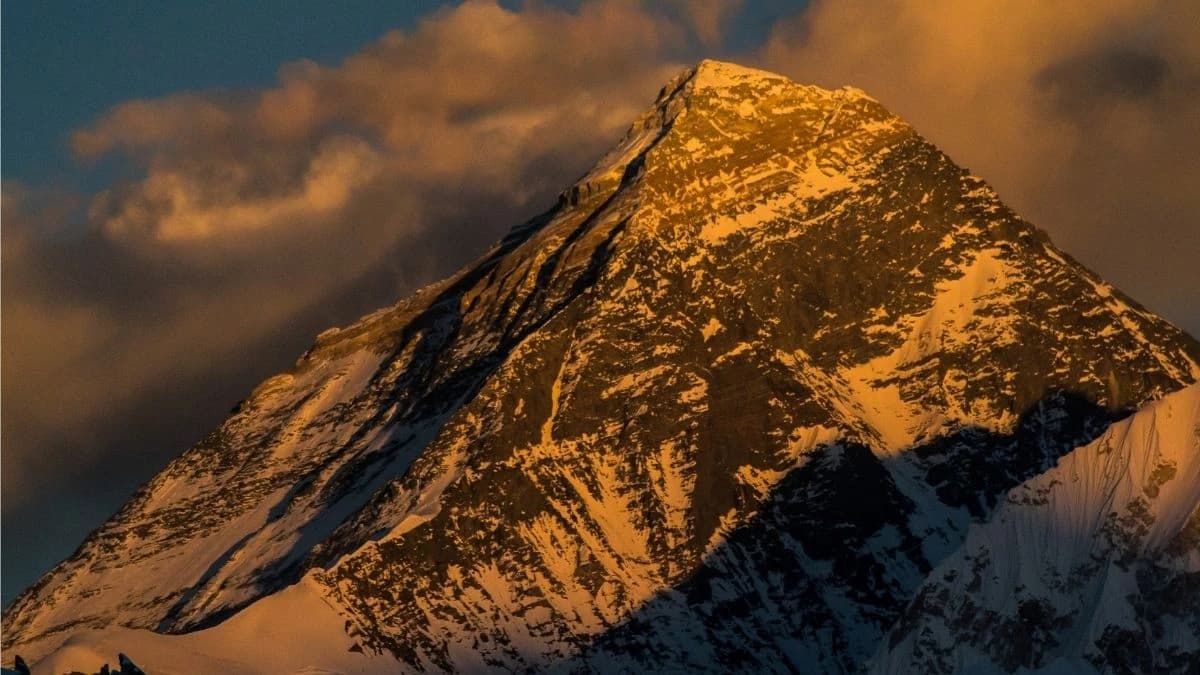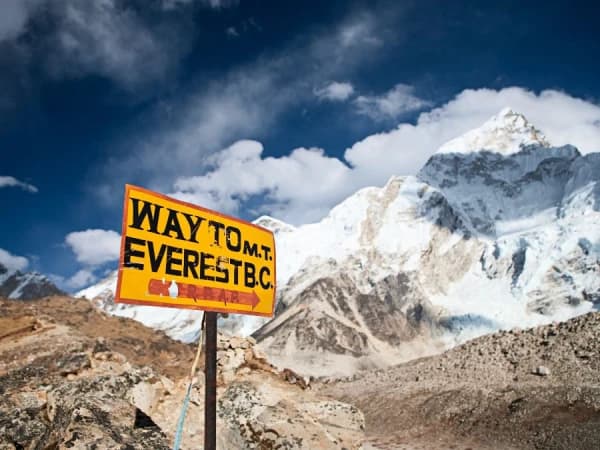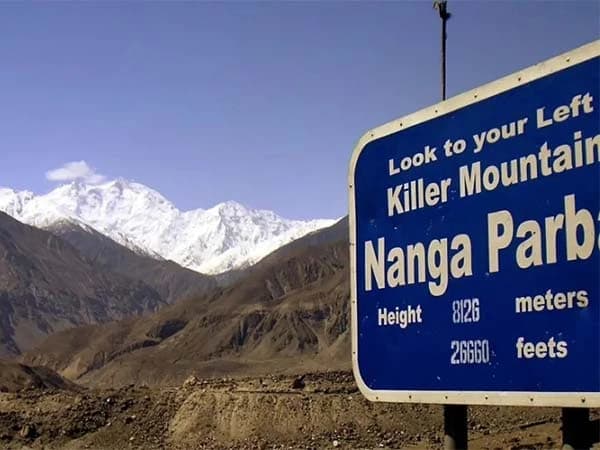Mount Everest, the world's highest peak, is not just a dream for adventurers. Everest is also a mountain covered in a shocking reality with piles of trash left behind by climbers. Trash like tents, oxygen, bottles, plastic and food on mountain slopes. But who actually takes responsibility for cleaning this sacred mountain?
Who Cleans Mount Everest's Garbage?
Introduction: The Hidden Pollution of the World's Highest Peak
Mount Everest, standing at an altitude of 8,848.86 meters, has always been the ultimate symbol of human courage. Thousands of climbers around the world visit Nepal every year to fulfill their lifelong dream of reaching the Everest summit. However, behind this climber's dream, there is an alarming environmental issue of garbage. Only a few people talk about it.
Since the first successful climb by Sir Edmund Hillary and Tenzing Norgay in 1953, Everest has witnessed an explosion of mountaineering expeditions. On each climb, hundreds of climbers, guides, and porters bring tons of supplies to survive in the mountain's extreme conditions. Unfortunately, more than half of these supplies never come back down. Broken tents, empty oxygen cylinders, torn ropes, discarded food wrappers, batteries, and human waste now decorate the Everest slopes.
The world's tallest peak has now turned into the world's highest garbage dump. When climate change the ice melts, and decades-old garbage resurfaces. It is creating not only environmental hazards but also moral ones. Now, the question goes beyond adventure; it is about responsibility.
So, who actually cleans up the mess of Everest? Is it the government, climbers, or the local Communities living under Everest's Shadow? Let's explore the tireless efforts of people and organizations who risk their lives to clean Mount Everest.
The Source of the Problem: How Everest Became a High-Altitude Dump?
The pollution problem of Mount Everest did not happen overnight. It started with the commercial expeditions in the 1990s, when climbing to Everest became accessible to more people. Every year, more than 1,000 people attempt the summit in support of teams of Porters, Sherpas, and guides. Together, they generate more than 50,000 kilograms of waste during the climbing season.
Maybe a quick question has arisen in your mind: Why so much waste? The answer lies in the extreme conditions of Everest. The temperature of Everest drops below -30°C, and oxygen levels are dangerously low. Every extra kilogram carried by a climber can be life-threatening. Bringing the trash back down is often not a priority when survival is at stake. Abandoned gear, broken ladders, food packaging, and oxygen bottles are left behind in higher camps where retrieval is nearly impossible.
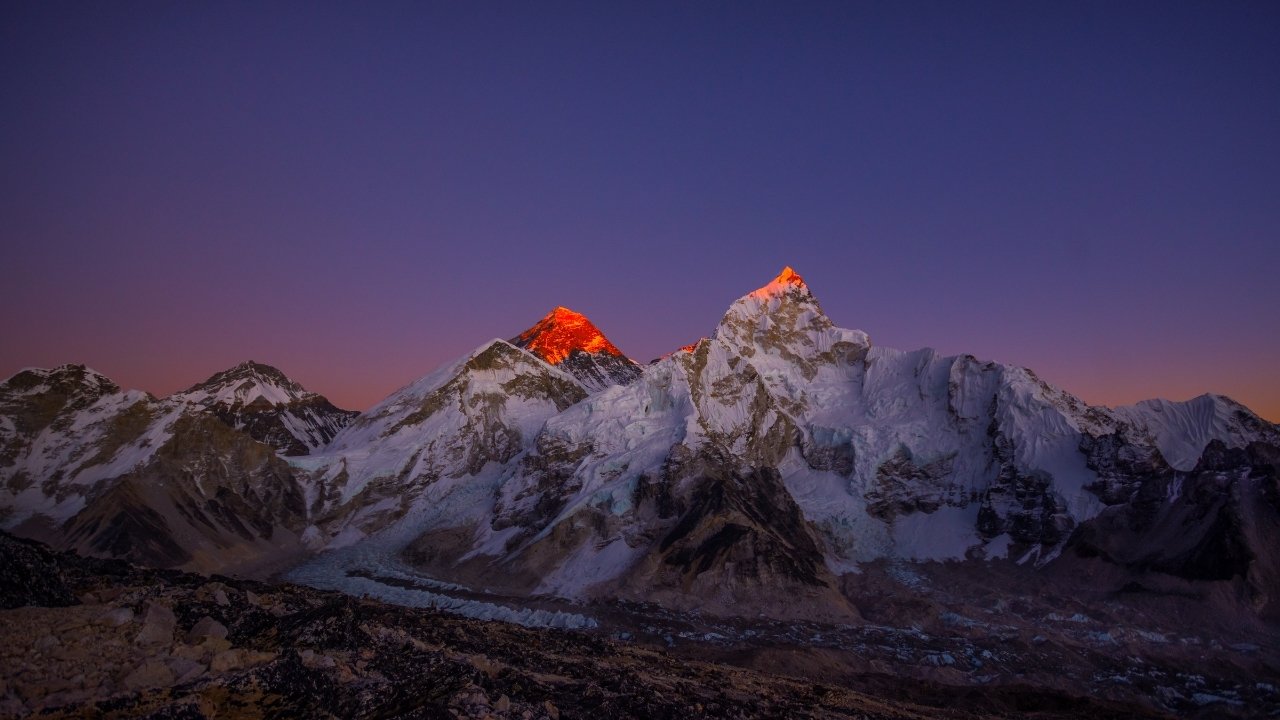
The issue of human waste is even worse. With the limited facilities, climbers use plastic bags, open areas, and pollute glaciers and snowfields. The decomposing waste thrown by climbers contaminates water sources used by lower villages.
Moreover, some inexperienced climbers who pay high fees to reach the summit often rely heavily on Sherpas to manage their gear. So much of climbing gear is abandoned when exhaustion sets in. Over time, these practices have buried Everest under the layers of trash.
But the mountain does not clean itself. Behind the scenes, there are some heroes working quietly. They carry loads of waste from the world's roof to the valley below.
The Unrecognized Heroes: Sherpas and Local Cleaning Crews
The Sherpa community is famous for its unmatched strength and resilience. Sherpas play the most vital role in keeping Everest clean. They are not just guides who help climbers reach the summit. They are environmental guardians who risk their lives for the mountain's well-being.
The Sagarmatha Pollution Control Committee (SPCC) was founded in 1991. It is based in Namche Bazaar and leads most of the cleaning operations around Everest Base Camp. SPCC organizes annual clean-up campaigns during the Spring and Autumn seasons. This campaign is supported by local Sherpas, porters, and Volunteers. Their teams collect waste from Base Camp, Camp I, Camp II, and even higher up the slopes when possible.
The work is physically demanding and dangerous. From altitudes above 6,000 meters, lifting or carrying trash, even a few kilograms, becomes a test of endurance. Yet, these workers carry a full bag of metal, plastics, and discarded oxygen cylinders back down the mountain.
Their dedication to work is extraordinary. They often climb treacherous icefalls and endure freezing temperatures not for glory. They climb for the sake of preserving the mountain's dignity. Many Sherpas believe that the mountain is sacred, and it is part of their spiritual duty to keep it clean.
Due to their continuous efforts, several tons of waste are removed each year. Still, the challenges remain immense. Local action alone can not solve it without stronger support from the government and the international community.
Government and Military Initiatives: Nepal's Clean Everest Campings
The Nepalese government and army have launched several major clean-up missions in recent years by recognizing the growing crisis. The 2019 “Everest Cleaning Camping” became one of the largest environmental operations in the Himalayas.
The campaign was led by the Nepal Army in collaboration with the Ministry of Tourism and Local Municipalities. The campaign successfully removed more than 10,000 kilograms (10 tons) of garbage from Everest, Lhotse, and the surrounding areas. The team also recovered four human bodies exposed by melting ice, which is a grim reminder of the dangers climbers face.
The government's goals were very clear. They had set goals of restoring the natural beauty of the world's tallest mountain, raising awareness among climbers, and setting an example for responsible tourism. The campaign received global attention. It was widely praised as a significant step toward environmental recovery.
However, organizing such a mission is not easy. Harsh weather, thin air, and the high cost of helicopter transportation make these clean-ups extremely challenging. Funding remains a major obstacle as each operation costs hundreds of thousands of dollars.
Despite the difficulties, Nepal continues to run the annual “Clean Mountain Campaign”. They remove garbage not just from Everest but also from other peaks like Annapurna and Manaslu. These efforts prove that with the cooperation between the government, military, and locals, even the tallest mountain in the world can be protected from pollution.
A Costly Mission: The Real Challenges of Cleaning Everest
Cleaning Mount Everest might sound heroic, but in reality, it is one of the most difficult and expensive environmental missions on the planet. Every kilogram of the waste removed from the mountain comes at a tremendous human and financial cost.
The first challenge is altitude and weather. At over 8,000 meters, the air is dangerously thin and the temperature drops below -30°C. Even a simple task like picking up a plastic bottle becomes exhausting. Sherpas and soldiers involved in cleanup operations have to face the risk of frostbite, altitude sickness, and avalanches. Most of the climbers say that cleaning Everest is even harder than climbing it.
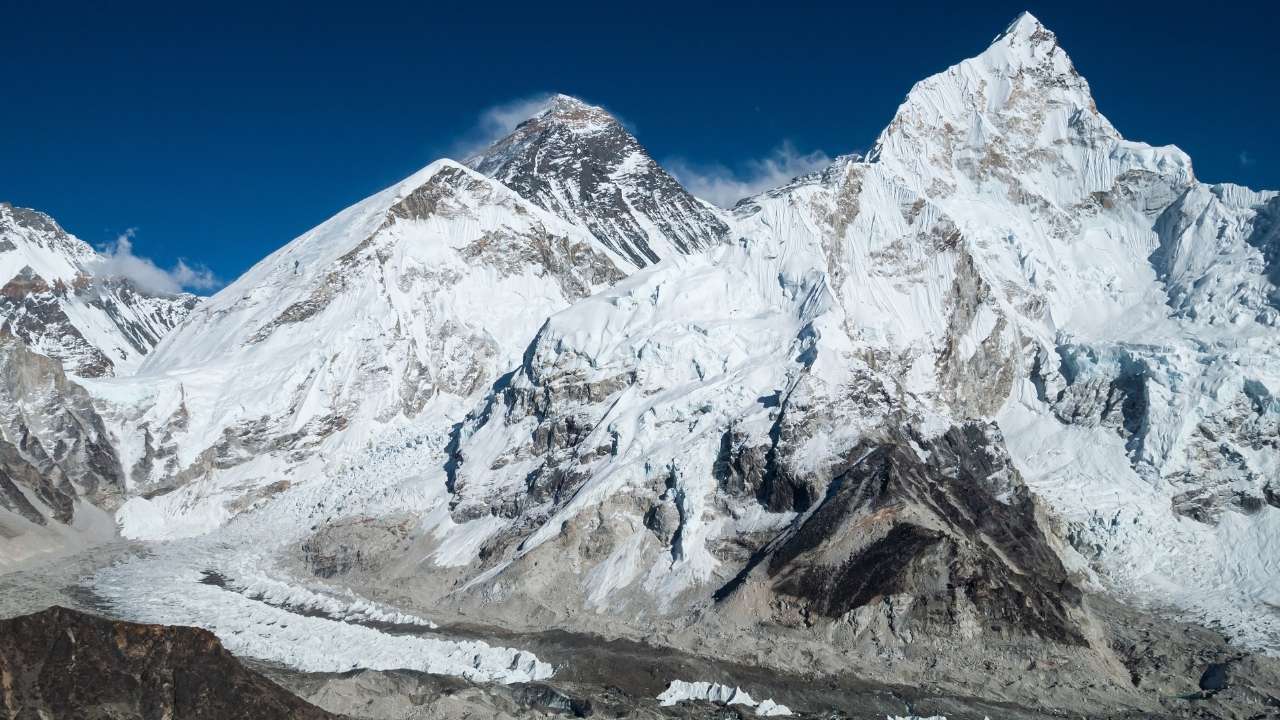
The logistics are another obstacle. Garbage collected from high camps must be carried down manually. Garbage is also transported by yaks and helicopters. Helicopter flights are extremely costly; they often cost several thousand dollars per trip. Flights only operate when it is clear. Porters and Sherpas carry heavy loads over icy terrain for days, risking injuries along the way.
There is also a financial burden. Large-scale cleaning campaigns, such as the 2019 Clean Mountain Campaign, cost thousands of dollars. With the limited government budget and intermittent donations, maintaining yearly operations is difficult.
Finally, the region lacks proper waste treatment facilities, which means that much of the collected garbage must be taken all the way to Kathmandu for disposal. In short, cleaning Everest is not just a physical task; it is a battle against nature, geography, and cost. Yet dedicated teams continue to do it because the mountain deserved better.
Managing the Collected Waste: Where Does It All Go?
Once the garbage is brought down from the mountain, the other big challenge is managing the waste properly. Waste collected from Everest Base Camp and higher camps is usually carried by porters or yaks to Namche Bazaar. The waste is also flown to Kathmandu. From there, the waste goes through sorting and recycling.
The Sagarmatha Pollution Control Committee (SPCC) runs a waste management station. In these stations, collected trash is divided into three main types :
- Biodegradable waste, like food scraps which can be decomposed naturally.
- Non- biodegradable waste such as plastics, tins, and metals is sent for recycling.
- Hazardous materials, including oxygen bottles, batteries, and medical waste, require special disposal.
Some recyclable materials are reused in local art or community projects. For example, scrap metal from oxygen cylinders is melted down and turned into souvenirs. However, most of the waste has to be transported to Kathmandu for proper processing. This is a journey that is both expensive and logistically complex.
Even after collecting the waste, disposal remains a problem because Nepal's mountain region lacks advanced waste treatment facilities. Dumping or burning waste in the open area is still common, but this activity releases toxic smoke.
So, removing the garbage from Everest is only half the job. Proper waste management after collecting is equally vital to ensure the mountain stays clean for generations.
The Role of NGOs, Environmental Groups, and International Support
Besides the Nepal government and local Sherpas, many non-governmental organizations (NGOs) and international groups play key roles in Everest's cleanup operations. These groups bring funding, technical knowledge, and awareness to the global stage.
There are many organizations like Eco Himal, Clean up Himalaya, Everest Summiteers Association (ESA), and Sustainable Summits Initiative, which work directly with local Communities to reduce waste. These organizations also promote sustainable climbing. The Clean Mountain Campaign is backed by the Nepal Army and supported by international donors. This campaign is another prime example of teamwork between nations.
One of the inspiring projects is “Carry Me Back,” which was launched by the Sagarmatha Next Center. Under this initiative, every trekker or climber leaving Everest Base Camp is encouraged to carry a small bag (about 1 kg) of waste down to Namche Bazaar. When thousands of visitors participate, it makes a huge difference, even picking up a small bag of water at a time.
Foreign climbers and sponsors also fund annual clean-up drives, donating equipment, gloves, and safety gear. Some expedition companies now include “eco-fees” or “green climbing packages” to support the waste removal efforts.
The collaboration between the government and international organizations sends a strong message that Mount Everest belongs to the whole world and protecting it requires global efforts. The mountain may stand in Nepal, but it is everyone's responsibility to preserve the peak.
Policies, Rules, and Future Solutions
To control the pollution on Everest, the Nepalese government has introduced several important rules. Every climber must deposit USD 4,000 before their expedition. It is a refundable amount only if they bring back at least 8 kilograms of trash from the mountain. This policy encourages personal responsibility of climbers and discourages littering.
Expedition teams are also required to submit waste reports to the Department of Tourism. Everyone needs to follow strict guidelines for waste collection, segregation, and return. Despite these rules, enforcement remains difficult as monitoring hundreds of climbers spread across vast, high-altitude camps is nearly impossible.
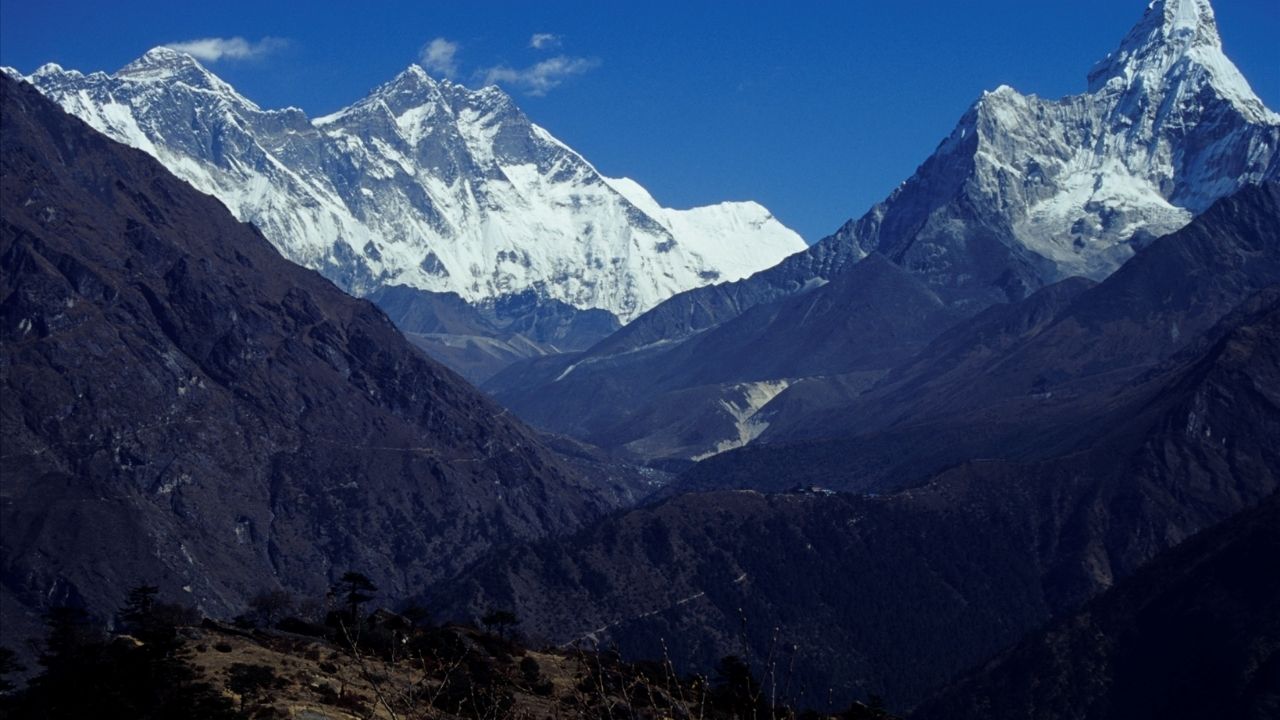
In the future, several promising solutions could make a lasting difference:
- Tracking waste digitally: Always use barcoded bags to verify returned garbage.
- Eco-friendly gear: Using biodegradable packaging and reusable containers helps to reduce single-use plastics.
- Biogas plants: It is necessary for setting up waste-to-energy in the Khumbu region to process human waste and generate fuel.
- Awareness programs: It is necessary to educate trekkers, porters, and guides about sustainable mountaineering practices.
The key is to improve infrastructure and ensure cooperation between governments, climbers, and NGO. Protecting Everest is not just about cleaning after climbers; it is about preventing waste from reaching the mountain in the first place.
Conclusion: Keeping the Roof of the World Clean
Mount Everest is more than just the highest mountain in the world. It is the symbol of human courage, dreams, and endurance. Yet today, it also stands as a reminder of the environmental cost of adventure. Every oxygen bottle, food wrapper, or torn tent left behind reflects a choice. A choice to ignore or protect nature.
Fortunately, many have chosen the right path. From Sherpas carrying heavy trash bags down icy slopes to the Nepal Army organizing massive clean-up drives and NGOs raising awareness among trekkers and volunteering to carry waste together, their collective effort is slowly restoring Everest's beauty.
The challenge is far from over, but the direction is right. The future of Everest depends on a shared sense of respect and responsibility. Every climber who steps onto its slopes must remember that conquering Everest means protecting the peak too.
Let's make sure the next generation sees Everest not as a polluted landmark but as the pure, majestic peak it once was.


